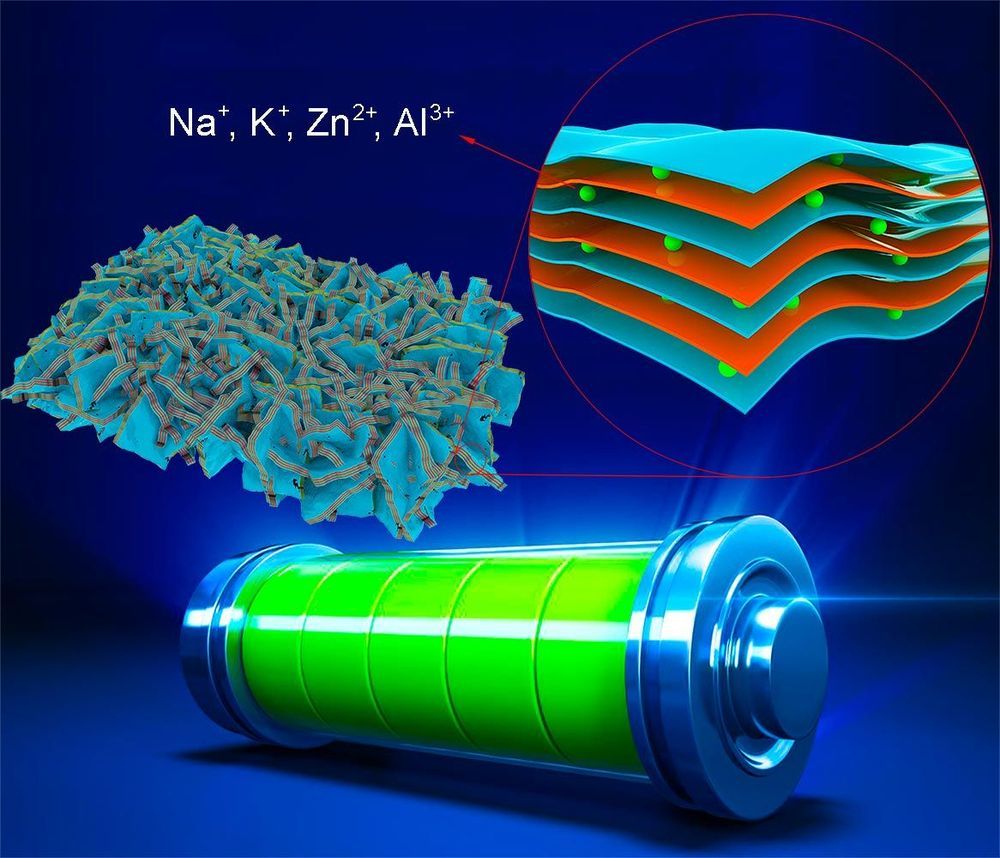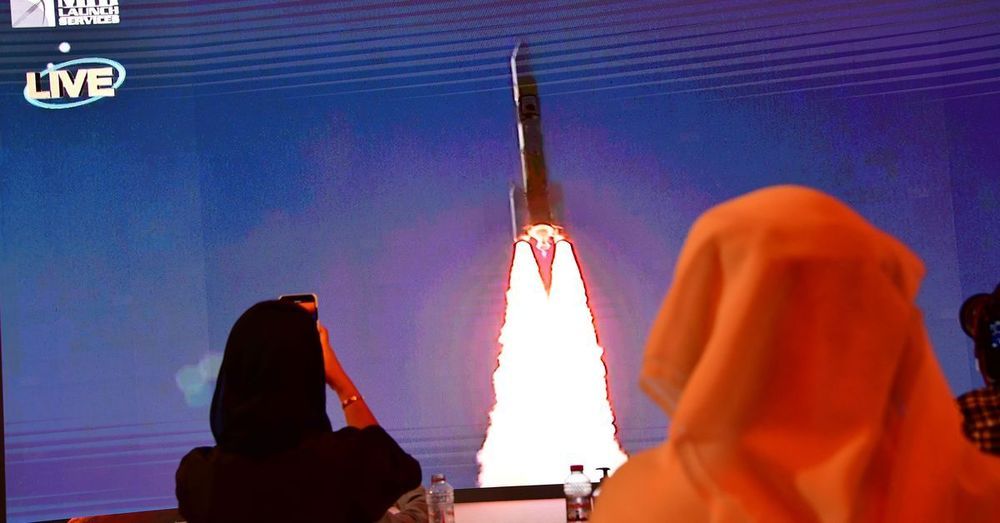Jul 20, 2020
US20030067235A1 — Diamagnetic propulsion vehicle
Posted by Quinn Sena in categories: materials, transportation
Omg levitating cars o,.o!
In this vehicle, the diamagnetic fields principles are applied to obtain a hovering and propulsion effect which makes low cost, friction free and zero pollutant emissions transport media. This is done using a special combination of electromagnetic and the natural diamagnetic susceptibility in all The physical effect of this is an air gap between the surface and the vehicle. The height of levitation has a direct relationship with the material used as floor surface; since all materials have diamagnetic susceptibility factors. Also, the power on the diamagnetic field is a key for the levitation and propulsion effect. All these factors make this prototype vehicle an easy maneuverable one, since there are almost no inertial forces in the system.
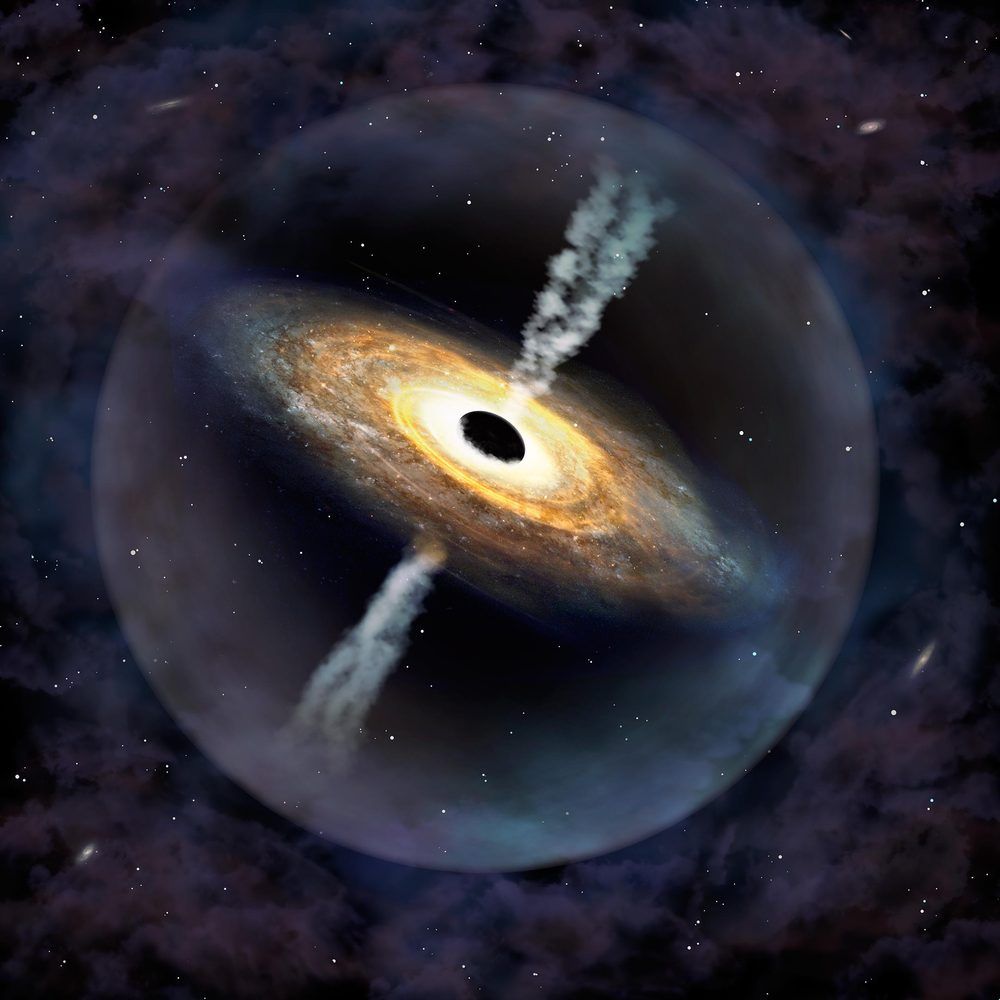
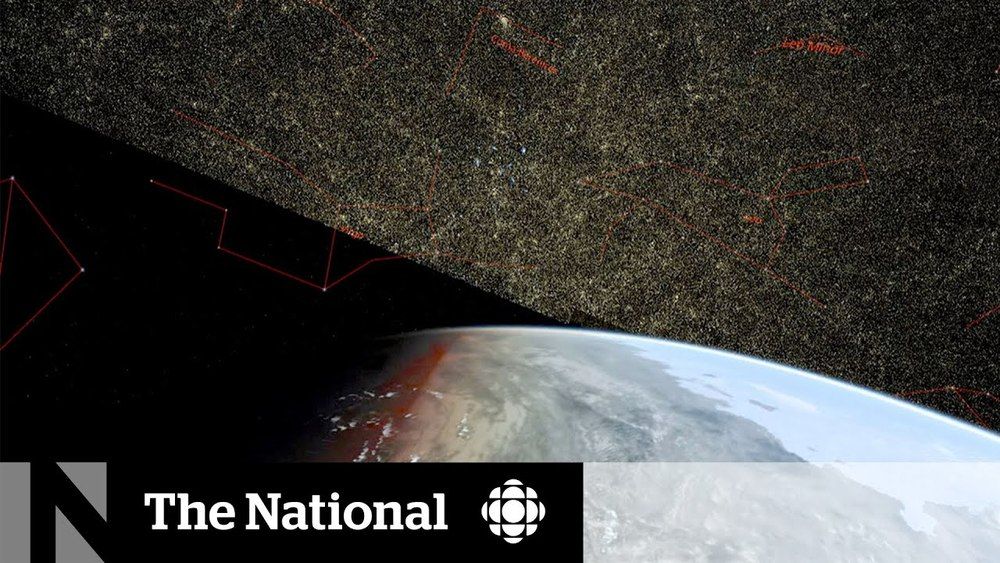
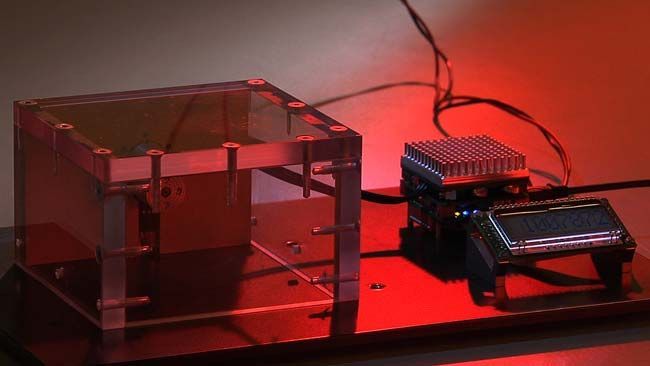
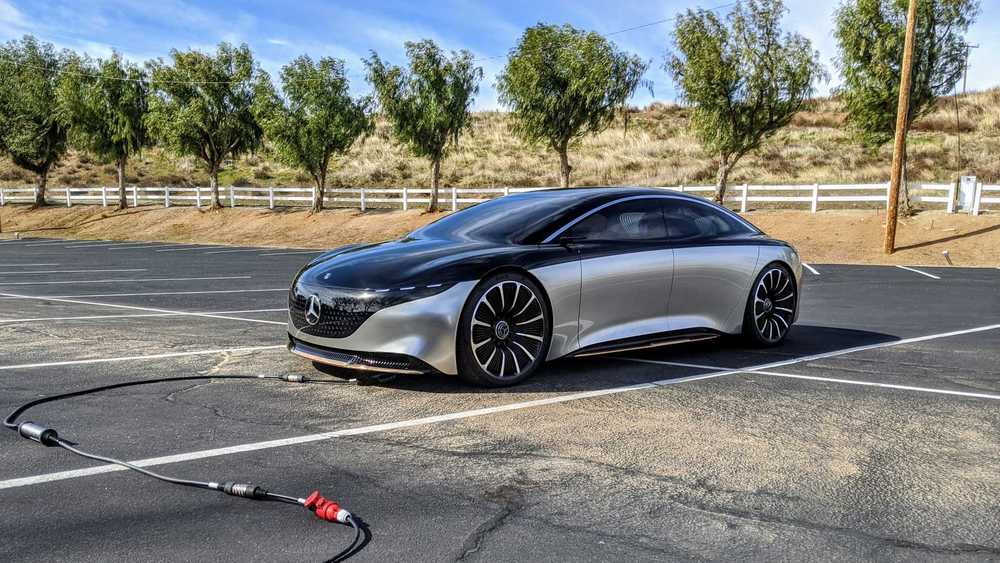
 HONG KONG (Reuters) — China launched its military build-up in the mid-1990s with a top priority: keep the United States at bay in any conflict by making the waters off the Chinese coast a death trap. Now, China’s People’s Liberation Army (PLA) is preparing to challenge American power further afield.
HONG KONG (Reuters) — China launched its military build-up in the mid-1990s with a top priority: keep the United States at bay in any conflict by making the waters off the Chinese coast a death trap. Now, China’s People’s Liberation Army (PLA) is preparing to challenge American power further afield.

